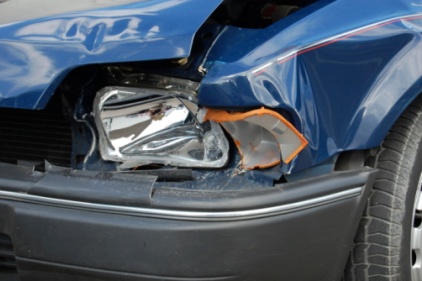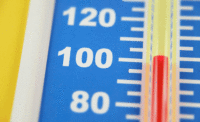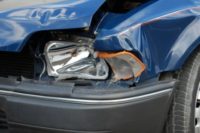 The U.S. Department of Transportation's National Highway Traffic Safety Administration (NHTSA) is warning motorists that hot weather and under-inflated tires in vehicles being driven at highway speeds can cause tire failure – and accidents.
The U.S. Department of Transportation's National Highway Traffic Safety Administration (NHTSA) is warning motorists that hot weather and under-inflated tires in vehicles being driven at highway speeds can cause tire failure – and accidents.
NHTSA estimates that tire failure causes approximately 11,000 crashes a year. The most common cause of failure includes tread separations, blowouts, bald tires and under-inflated tires. Under inflated tires or worn down treads are a major cause of failure. Under-inflation also leads to poor fuel economy, sluggish handling, longer stopping distances and increased stress on tire components.
Proper pressure is the most important part of maintaining a vehicle’s tires. Properly maintained tires improve the steering, stopping, traction and load carrying capability of vehicles and can improve gas mileage by 3.3 percent.
To prevent tire failure, NHTSA offers the following safety recommendations:
- Follow the recommended tire pressure in pounds-per-square-inch (PSI) for your vehicle. This information is found on the vehicle placard typically inside the car door and in the vehicle owner’s manual.
- Purchase a tire pressure gauge to keep in your vehicle. Tires lose one PSI every month, so it is important to check your tires monthly to ensure proper inflation.
- If your vehicle is equipped with tire pressure monitoring systems (TPMS), know where the TPMS warning is on your dashboard, and take action if you receive a warning.
- Check your vehicle owner’s manual for specific recommendations for tire replacement for your vehicle. Some vehicle manufacturers recommend six years, some tire manufacturers recommend 10 years as the maximum service life for tires, including spares.
- Monitor the tread on all tires on your vehicle. Tires with tread worn down to 2/32 of an inch or less are not safe and should be replaced.
- Look for treadwear indicators – raised sections spaced throughout the bottom of the tread grooves. When they appear it is time to replace your tires.
- Try the penny test. Place a penny in the tread of your tires with Lincoln’s head upside down and facing you. If you can see the top of Lincoln’s head, your tire has less than 2/32 of an inches of tread and you are ready for new tires.
- Remember that seat belts are your best defense in a crash.
Read the publication Safety in Numbers on tire maintenance and safety.
For more information about tire safety, visit www.safercar.gov/Tire





